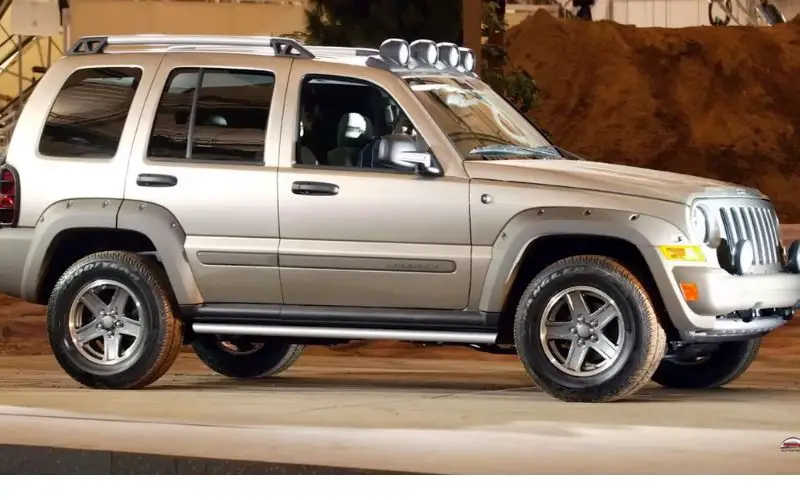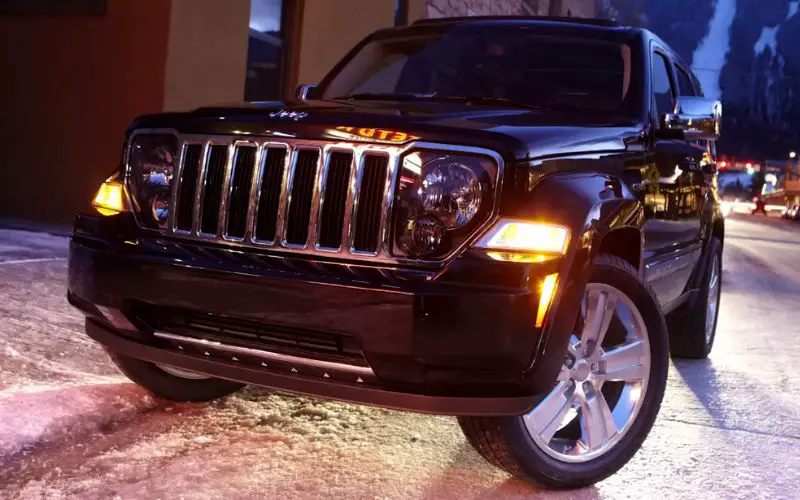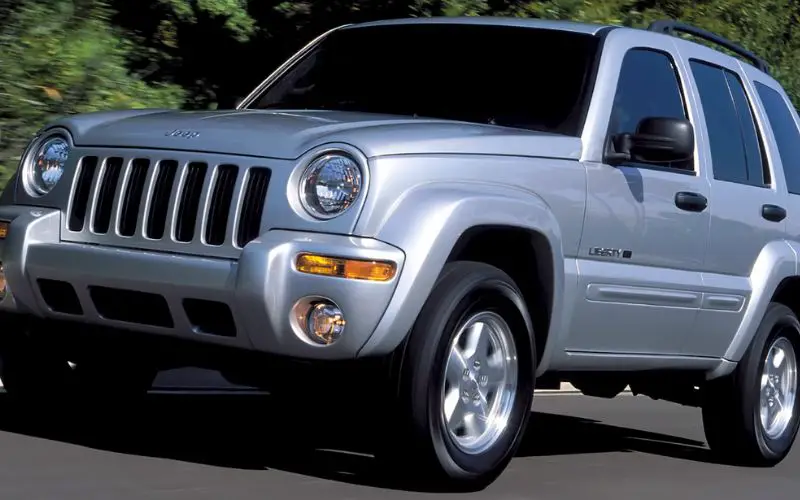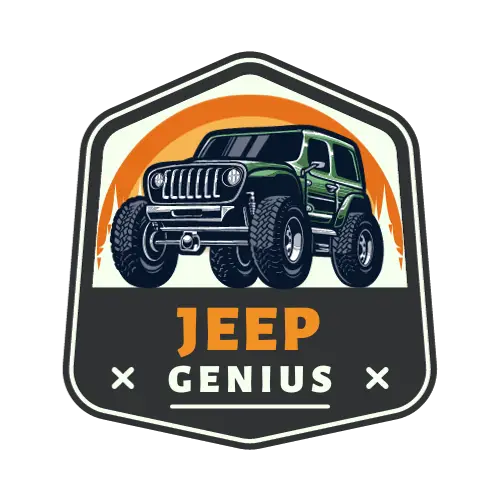The Jeep Liberty 3.7 engine from 2002 to 2013 is interchangeable with minor modifications.
Models from 2002 to 2004 require swapping the cam sprocket and crankshaft reluctor ring for compatibility.
You can use any 3.7 engine from a Chrysler vehicle made in 2005 or later for your KJ. Just be aware that the 2002 3.7 has a different crank reluctor wheel compared to the 2005 and later models.
So, before you go ahead with the engine swap, it’s a good idea to double-check and make sure the engine is compatible with your vehicle.
Not all years are compatible. Understanding which years match can save time and money.
This guide focuses on the Jeep Liberty 3.7 Interchangeable Years.
It provides clear, useful information. Let’s dive into the world of the Jeep Liberty 3.7 engine and explore its interchangeable years.
Jeep Liberty 3.7 Engine: Compatibility Years
The Jeep Liberty 3.7 engine, known for its robust performance, has specific years of interchangeability. This guide provides a detailed look at these years. It helps you understand the nuances of each model year.
Detailed List of Interchangeable Years for the Jeep Liberty 3.7 Engine:



| Year Range | Compatibility | Details |
| 2002-2007 | Largely compatible | Minor modifications may be needed. |
| 2008-2012 | Interchangeable | Some parts like sensors might differ. |
Specific Differences Between Model Years:
| Model Years | Version | Specific Differences |
| 2002-2004 | Early versions | Changes in cam sprocket and crankshaft reluctor ring might be required. |
| 2005-2007 | Slight upgrades | Easier to swap within this range; minor design changes. |
| 2008-2012 | Modern features | Electronic components may differ from earlier models. |
Each model year of the Jeep Liberty 3.7 engine brings its unique features. Knowing these details ensures a successful engine swap.
This guide aims to make your engine interchange journey smooth and informed.
Technical Considerations for Engine Swapping
Engine swapping is a task that needs careful thought and planning. It’s not just about replacing an old engine.
It’s about understanding the technical details that make the swap successful.
Key Technical Aspects to Consider
In engine swapping, several key components demand careful consideration. Each plays a vital role in ensuring the swap is successful and the engine functions optimally.
Detailed Bullet Points:
- Engine Control Unit (ECU):
- Acts as the brain of the engine.
- Essential for managing engine performance and efficiency.
- Must be compatible with the new engine for proper functionality.
- Incompatibility can lead to significant performance issues.
- Wiring Harness:
- Connects the ECU to various engine components.
- Critical for the electrical functionality of the engine.
- Must be tailored to fit the new engine’s layout.
- Incorrect wiring can cause electrical failures or malfunctions.
- Transmission:
- Responsible for transferring power from the engine to the wheels.
- Must align correctly with the new engine.
- Alignment ensures efficient power transfer and smooth operation.
- Mismatch can lead to transmission or engine damage.
- Engine Mounts:
- Secure the engine in the vehicle’s frame.
- Must be compatible with the size and shape of the new engine.
- Proper fit is crucial for stability and alignment.
- Incorrect mounts can cause vibration and alignment issues.
- Exhaust System:
- Channels exhaust gases away from the engine.
- Must be aligned with the new engine’s configuration.
- Alignment is vital for effective emissions control.
- Misalignment can lead to increased emissions and potential legal issues.
Common Challenges and Solutions in Engine Swapping
Engine swapping can bring challenges. Sometimes, parts don’t fit together.
The solution is using adapters or custom parts. Electrical issues are common too. Wiring and sensor mismatches can happen.
Modifying or replacing the wiring harness can solve this.
Another challenge is the engine not fitting the space. Adjusting or replacing engine mounts can help.
The cooling system compatibility is important. Overheating can happen if the fit is poor.
Using a compatible radiator and hoses can prevent this. Lastly, emissions and legal compliance are crucial.
Using compliant parts and checking local laws ensures the swap meets standards.
Cost Analysis of Engine Swapping
Engine swapping can be a costly endeavor. It’s important to understand the various expenses involved. This guide provides a detailed cost breakdown and offers practical tips for budgeting and saving money.
Breakdown of Potential Costs Involved in Engine Swapping
Engine Cost
The core expense is the engine itself. Prices vary widely between new and used engines. New engines are more expensive but offer reliability. Used engines are cheaper but come with risks.
Labor Costs
Professional installation is a significant cost factor. Labor rates differ based on the mechanic’s expertise and location. It’s important to get quotes from different shops.
Additional Parts
Engine swaps often require more than just the engine. This includes engine mounts, hoses, belts, and possibly a new transmission or exhaust system. These parts add to the overall cost.
ECU and Wiring
A new Engine Control Unit (ECU) and wiring harness are crucial for the engine’s electrical system. These components can be costly but are essential for the engine to function properly.
Transmission and Exhaust System
If the transmission and exhaust system need modifications or replacements, this will increase the cost. These changes are not always necessary but should be considered.
Miscellaneous Expenses
Small expenses like fluids, seals, and other minor parts can accumulate. These are often overlooked but essential for the swap.
Tips for Budgeting and Cost-Saving
| Budgeting Tip | Description |
| Plan and Research | Research all potential costs to create a realistic budget and avoid surprises. |
| Engine Selection | Weigh the pros and cons of new vs. used engines. Used engines may save money but could have hidden costs. |
| DIY to Save | If skilled, do some work yourself to reduce labor costs. Advisable only if confident in your abilities. |
| Smart Part Sourcing | Shop around for parts. Look for deals and consider aftermarket parts, which can be more affordable than OEM parts. |
| Keep Track of Spending | Maintain a detailed record of all expenses to stay within budget and identify cost-cutting areas. |
Maintenance and Longevity Post-Swap
After an engine swap, proper maintenance is key to ensuring longevity.
- It’s crucial to start with a thorough check. Look for leaks, and unusual noises, and ensure all connections are secure. Regular oil changes are vital. They keep the engine running smoothly.
- It’s also important to monitor engine performance. Pay attention to any changes in power or efficiency. These could signal issues.
- Use quality parts for any repairs. They last longer and perform better. Keep a record of all maintenance. This helps track the engine’s health over time.
Remember, a well-maintained engine can last many years. It requires attention and care. By following these steps, you can enjoy a reliable and efficient engine long after the swap.
FAQs
Can I swap a 3.7 engine into different Liberty years?
Yes, you can swap a 3.7 engine into different Jeep Liberty years, specifically between 2002 and 2012. However, be aware of the need for modifications, especially when dealing with different generations within these years.
Which years of Jeep Liberty have a 3.7 engine?
The Jeep Liberty was equipped with a 3.7 engine from 2002 to 2012. This engine was a standard option for most models during these years.
Is it possible to upgrade a Jeep Liberty to a 3.7 engine?
Yes, upgrading a Jeep Liberty to a 3.7 engine is possible. This upgrade is more straightforward for models originally equipped with smaller engines, but it requires careful consideration of compatibility issues.
Are there any performance differences in 3.7 engines across Liberty years?
Yes, there are performance differences in 3.7 engines across different Jeep Liberty years. Earlier models may have variations in power and efficiency compared to later models, due to advancements in engine technology and design.
Final Thoughts
Exploring the interchangeability of the Jeep Liberty 3.7 engine unveils a realm of opportunities and considerations.
This guide provides a comprehensive view of compatible years, technical nuances, budgeting insights, and post-swap maintenance.
With this wealth of information, enthusiasts can approach engine swaps with confidence, ensuring their Jeep Liberty thrives with a reliable and efficient powerplant for the long haul.
References:
- https://www.jeepkj.com/threads/liberty-engines-years-that-are-able-to-be-swapped.60681/
- https://www.jeepforum.com/threads/3-7-engine-swap-compatibility.4011401/.
- https://en.wikipedia.org/wiki/Jeep_Liberty.
- https://www.jeepkj.com/threads/need-help-with-3-7-changes-year-to-year.41906/.


Leave a Reply